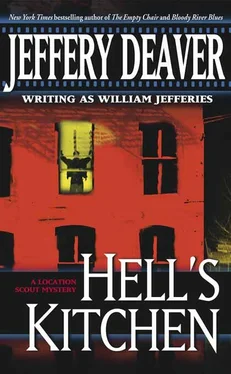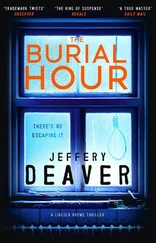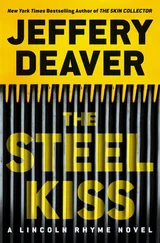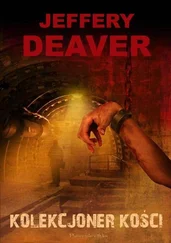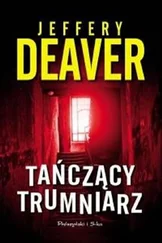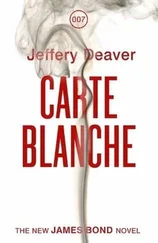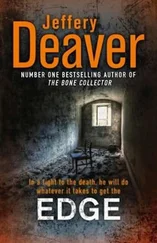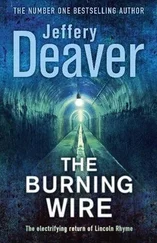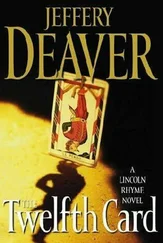Pellam glanced down at the cassettes. “I’m not interested in today’s Kitchen. It’s an oral history of the old days. I wasn’t even going to mention the YOC. If you’d asked I would have told you.”
“No, don’t leave like this. Give me a chance…”
But Pellam pushed open the door. Slowly, undramatic. He walked down the stairs then continued through the lobby of the YOC and stepped outside into a midtown filled with a searing sun and the cacophony of engines and horns and shouting voices. He thought Carol’s might have been one of them but then decided he didn’t care.
Walking east, toward the Fashion District on the way to the subway.
Crazy name for a neighborhood, Pellam was thinking. The least fashionable of any neighborhood in the city. Trucks double- and triple-parked. Tall, grimy buildings, dirty windows. Feisty workers in kidney belts and sleeveless T-shirts, pushing racks of next spring’s clothing.
A woman stood at a phone kiosk, hanging up the receiver then tearing a slip of paper into a dozen shreds. Now there’s a story, Pellam thought. Then he forgot the incident immediately.
He paused at a construction site on Thirty-ninth Street to let a dump truck back out, its urgent beep-beep-beep reverse warning jarring his nerves.
“… Thirty-ninth Street – that was Battle Row, the headquarters of the Gophers. The worst place in the city. Grandpa Ledbetter said the police wouldn’t even come west of Eighth a lot of the time. They wouldn’t have any part of it over here. He had a boot with a streak across the toe where he got hit by a bullet from this shoot-out on Battle Row when he was a boy. That’s what he said to us children. I never quite believed him. But maybe it was true – he kept that old boot till he died.”
Two shrill whistles rose from the pit of the construction site. The sound brought more spectators to the viewing holes crudely cut in the plywood fence lining the sidewalk. He paused and looked through one. A huge explosion. The ground leapt under Pellam’s boots and the mesh dynamite blanket shifted as the explosive shattered another fifty tons of rock into gravel.
Ettie’s words wouldn’t leave his mind, they looped endlessly.
“There was always construction going on here. Papa had an interesting job for a while. He called himself a building undertaker. He was in one of the crews that’d take the old demolished tenements out to Doorknob Grounds in Brooklyn. They dumped hundreds of old buildings in the water. Build up a shoal with the junk, and the fish’d love it there. He always came back with bluefish or halibut to last for days. I can’t look at fish now for any money.”
Three loud whistles. Apparently the all clear from the demolition crew. Hard-hatted workers appeared and a bulldozer moved forward. Pellam started back up the sidewalk. Something caught his eye and he glanced at yet another developer’s billboard.
He stopped, feeling the shock thud within him like a replay of the explosion a moment before. He read the sign carefully, just to make sure. Then he started off at a slow walk but, despite the overwhelming August heat, by the time he was at the corner he was sprinting.
“It’s a construction site.”
Bailey asked, “What is?”
“The St. Augustus Foundation. I remembered the number – Five hundred West Thirty-ninth Street. It’s across the street from the church. But it’s just a hole in the ground.”
They were in Bailey’s bedroom – his temporary office – because of the fire in the main room. It didn’t seem much different from his office; the most noticeable difference was that the cooler for his wine rested beside the bed, not the desk. This room also sported a better used air conditioner than the office; if not cold, at least the air was less stifling. The burnt smell was overwhelming but Bailey didn’t seem to mind.
“Maybe the Foundation moved,” Bailey said.
“Gets better,” Pellam said. “I asked at the church office. No one there’s ever even heard of a St. Augustus Foundation.” He walked to the dusty window, which was momentarily darkened by the shadow of a crane that was lifting a large piece of sculpture into the open plaza in front of McKennah Tower.
The statue was wrapped in thick kraft paper and it appeared to be in the shape of a fish. The derrick moved very slowly and he guessed the piece of stone or bronze weighed many tons. Around it workmen cleaned the grounds and tacked up banners and bunting for the Tower’s topping-off ceremony.
“But there is a St. Augustus Foundation,” Bailey said and shuffled through documents on the bed and found a stack of scorched photocopies bearing the seal of the Attorney General of the state. “It’s been incorporated under the not-for-profit corporation law. It exists. It’s got eight members on the board.”
Pellam looked over the list. The men and women on the board all lived nearby. He touched one name – at an ddress on Thirty-seventh Street, block away. James Kemper.
“Let’s see what he has to say.” Bailey picked up the phone. But Pellam touched his arm.
“Let’s pay a surprise visit.”
But there was no surprise, not to Pellam. Construction was scheduled to begin in two months on the vacant lot where the Mr. Kemper supposedly lived.
“It’s all fake,” Bailey muttered as they returned to his office.
“When you called the director – that minister – who did you get?”
“Answering service.”
“How do we find out who’s behind it?” Pellam asked. “Without tipping our hand?”
From the movie business he knew the complexity of incestuous corporate entanglements.
“It’s a not-for-profit foundation, which’ll make tracing things a lot harder than with Business Corporation Law companies.”
In Bailey’s bedroom again Pellam happened to glance down at a paper, also scorched, sitting next to the corporate filings. It was the expert’s report on the handwriting on the insurance application, comparing Ettie’s to the sample.
He’d asked Ettie about letters she might have written lately, thinking someone might’ve stolen a sample of her handwriting. But he and Ettie both had forgotten about the waiver she’d signed for McKennah’s company – giving permission for the Tower to exceed the Planning & Zoning height limit.
“It’s McKennah,” Pellam announced. Then, seeing Bailey’s expression, he held up his hand. “I know, you don’t think a top-of-the-line developer like him’d torch a tenement. And he wouldn’t for the insurance. But he would if the whole success of the Tower depends on the tunnel to Penn Station. Newton Clarke – and McKennah’s wife too – told us how desperate he was.”
“But…” Bailey lifted his hands, dismayed. “Why are you bothering? Even if McKennah’s behind the Foundation Ettie still confessed to the arson.”
“That’s not,” Pellam said, “going to be a problem.”
“But-”
“I’ll deal with that. The big question is how do we prove a connection between McKennah and the Foundation.”
The lawyer’s face grew troubled. “Developers’re geniuses at this sort of thing. And McKennah’s top of the line. We’ll have to trace offshore corporations, doing-business-as statements… It’ll take some time.”
“How long?”
“A couple of weeks.”
“When’s Ettie being sentenced?”
A pause. “Day after tomorrow.”
“Then I guess we don’t have a couple of weeks, do we?” Pellam’s eyes were on the construction site across the street. The wrapped sculpture was seated as unceremoniously as a girder. Several passersby gazed at it intently, wondering what it might be. But the workers walked away without tearing off the paper.
Читать дальше
